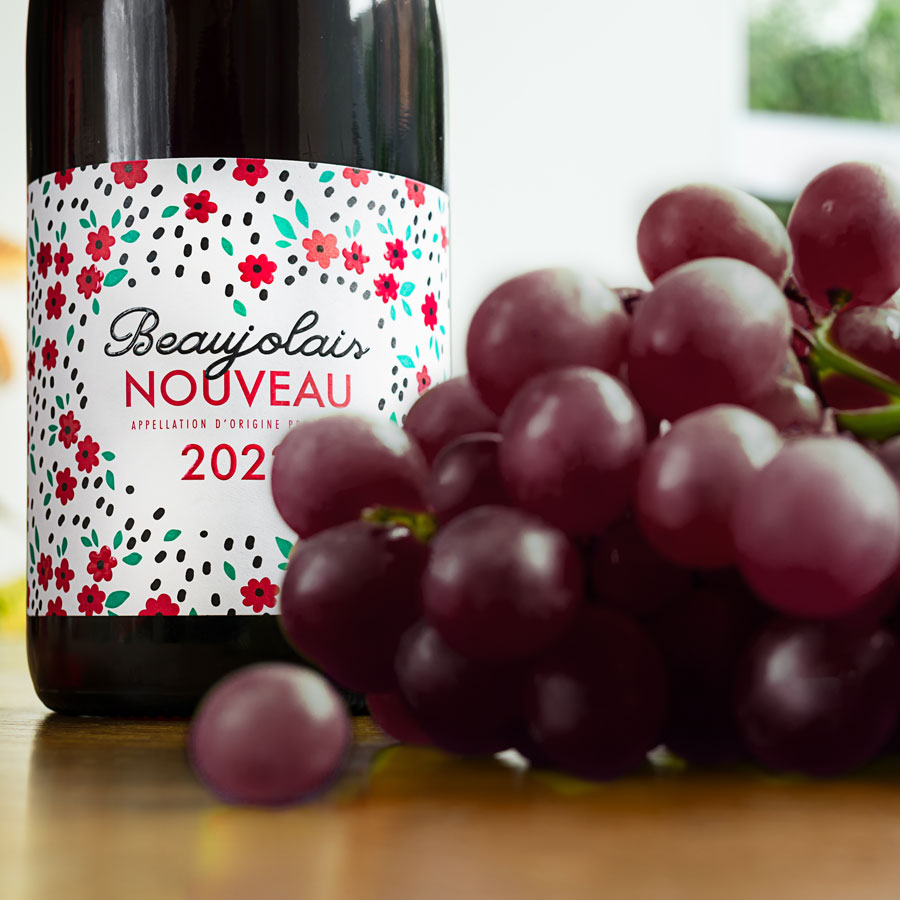
“Le Beaujolais Nouveau est arrive!” Back in the 1980s, this announcement prompted trend-loving consumers to flood to wine warehouses, off-licences and supermarkets around Britain every November, keen to pick up the first bottles of the latest Beaujolais vintage.
The fashion for New Beaujolais – bottled and on sale only 2–3 months after the grape harvest – may have started in Paris but it had spread to the wine-drinking elements of the British population too. And like many fashions, after a few years it quickly started to fade.
Beaujolais Nouveau is now experiencing something of a renaissance in the UK but it is worth remembering how wine consumption has changed. According to TGI, in 1969 just 32% of British adults were wine drinkers. By 1987 this had doubled to 66% and it continued rising from there.
British tastes in wine changed too. A 1981 report by CRAM, based on a survey of 1000 wine drinkers, offers interesting insights into preferences at that time. For example, asked what type of wine they liked to drink at home, 48% mentioned ‘medium white wine’, compared with 37% ‘dry white’ and 26% ‘sweet white’. All of these are comfortably higher than mentions of ‘medium red’, at just 21%. The report notes that drier wines are more popular among heavier drinkers, higher socio-economic groups, Londoners, men and the younger age group.
Given the preference for medium whites, it may not be surprising to find that the most commonly mentioned country of origin is Germany. Over half the sample felt that Germany made ‘a range of wines to suit all palates’ – it is hard to imagine such a result replicated today. Another interesting finding is that fifth place in country of origin went to Yugoslavia, mentioned by 20%.
In terms of the types and brands of wines that wine drinkers could think of, German dominance is again in evidence. The five most frequent responses were Blue Nun, Liebfraumilch, Mateus Rosé (Portuguese), Riesling (a Yugoslav brand of which was also widely available at the time) and Sauternes (the most frequently mentioned French wine). In sixth place was Beaujolais at 17%, though 82% recognised the name on prompting.
And though the CRAM report makes no specific reference to Beaujolais Nouveau, it contains plenty more fascinating detail on British attitudes to wine in the 1980s.
Sources:
TGI (Target Group Index) is a continuous survey which has been carried out in Great Britain since 1969, based on 25,000 adults per annum, who provide information on their use of all major products, brands and services. Media exposure, attitudinal and demographic data are also included. Kantar, who own and operate TGI, have made major donations of data to AMSR. To explore the TGI archive within AMSR, click here: Target Group Index – The AMSR Online Archive (oclc.org). All TGI data copyright © Kantar Media UK Limited 2025. All use of TGI Data is subject to Kantar Media UK Limited’s terms and conditions.
Contributed by Nick Tanner
Date posted: 18th November 2025
Photo: T. Sableaux
